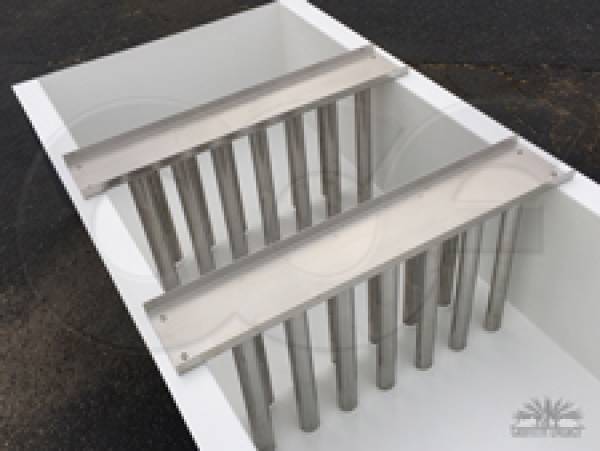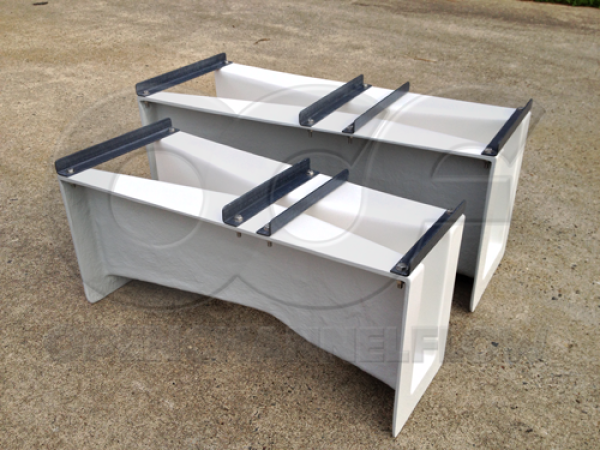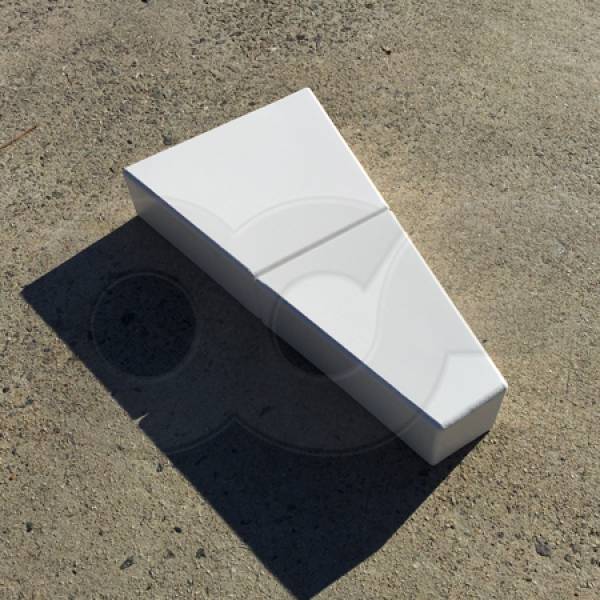This website uses a variety of cookies, which you consent to if you continue to use this site. You can read our Privacy Policy for
details about how these cookies are used, and to grant or withdraw your consent for certain types of cookies.
Reduced Height Flumes
Reduced height flumes provide a convenient solution to applications where the anticipated flows at a site do not warrant a large flume, but where the flow channel is wider than can otherwise easily / economically accommodate a smaller flume.
Commonly found in water rights applications, reduced height flumes can help to strike a balance between installation costs (diverting flows into / out of the flume) and the ability to measure flow rates.

Another use for reduced height flumes is to reduce the upstream head generated by the installation of a flume. When upstream bank heights are relatively short in relation to the water surface, using a smaller flume may result in overtopping of the upstream channel banks due to the greater head that the smaller flume produces for a given flow rate versus a larger flume.
The lower upstream head produced by a larger flume can allow the site to accurately measure the flows without producing upstream ponding which will overtop the channel banks.
In some materials, reducing the unneeded “extra” height of a standard flume may reduce cost and will increase the portability of the flume.
Occasionally, reduced height flumes are used for the inner flume in a nested flume configuration. Nested flumes are where a smaller, inner flume is installed in a larger, outer flume. The inner nested flume can be temporarily or permanently installed depending upon the application.
The reduced height option is typically only used with those flume styles that have straight vertical walls (Cutthroat, Montana, and Parshall). Flumes with curved or angled sidewalls (H-Type, Palmer Bowlus, and RBC) are not provided with reduced height sidewalls - partly as it would affect the flume geometry, but also because these flumes are not used as commonly in those applications which ultimately require the reduced height option. Finally, although Trapezoidal Flumes also have angled sidewalls, the reduced height option simply isn't used because the height of the flume is low in comparison to its length or width.
Related Blog Posts
Explore more insights in our blog.

LOCATIONS IN ATLANTA, GA & BOISE, ID




